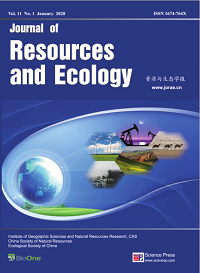LIU Yuanzhe, SONG Wei, ZHAO Dongsheng, GAO Jiangbo
Global climate changes have led to ocean acidification, ice and snow melting, a continuous rise in temperature, and an increasing frequency of extreme weather events, with profound impacts on the social economic system. With the aggravation from climate changes, even the industrial fields with a relatively strong resistance to climatic changes have also suffered serious losses. At present, the vulnerability of the industrial field is growing, and the absolute economic losses are increasing. The quantitative evaluation of these industrial economic losses is therefore an important basis for formulating policies to tackle global climate change, and analyzing the current research progress can provide ideas and methods for the effective evaluation of the industrial economy. Therefore, in this paper, we summarized both the positive and negative effects of climate changes on the industrial fields and found that the influences of climatic changes on different industrial sectors are slightly variable. For example, while the mining industry, so far, has positively responded to the changing climate, severe weather events such as storms, drought, and rain could severely impede the normal production and business operation activities of the mining industry in the future. The manufacturing industry mostly involves indoor jobs, which are relatively resistant to extreme weather events, and some industries have complex response mechanisms. In terms of the construction industry, its losses are mainly indirect through increased electricity costs. The production and supply industries for electricity, heat, and water would suffer transmission supply losses in extreme weather events; and as the largest carbon emission industries, the costs of emission reduction would affect the economic growth of this sector in the short term. Overall, the industrial sectors pay relatively high costs for climate change mitigation and adaptation, and therefore, the quantitative evaluation of industrial economic losses through models is crucial for both the development of reasonable policies and ensuring a smooth and consistent growth of the industrial economy.
